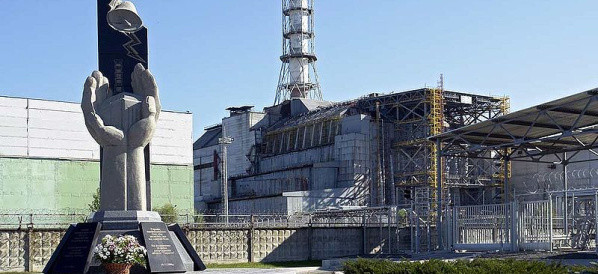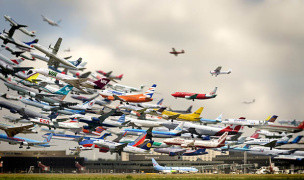 5 词条
5 词条主页 > 词条 > 哈萨克语(KK) > инсталляция
инсталляция
Term used to describe mixed-media art works which occupy an entire room or gallery space and into which usually the spectator can enter. Some installations, however, are designed simply to be walked around and contemplated, or are so fragile that they can only be viewed from a doorway, or one end of a room. Installation art emerged from the earlier form of the Environment. One of the originators of Environments was the American artist Allan Kaprow in works made from about 1957 on. In an undated interview published in 1965 Kaprow said of his first Environment: 'I just simply filled the whole gallery up—When you opened the door you found yourself in the midst of an entire Environment—The materials were varied: sheets of plastic, crumpled up cellophane, tangles of Scotch tape, sections of slashed and daubed enamel and pieces of coloured cloth'. There were also lights hung within all this and 'five tape machines spread around the space played electronic sounds which I had composed'. Miscellaneous materials (mixed media), light and sound have remained fundamental to installation art. From that time on the creation of installations became a major strand in modern art, increasingly from about 1990, and many artists have made them. In 1961 in New York, Claes Oldenburg created an early Environment, The Store, from which his Counter and Plates with Potato and Ham comes. One of the outstanding creators of installations using light is James Turrell.






